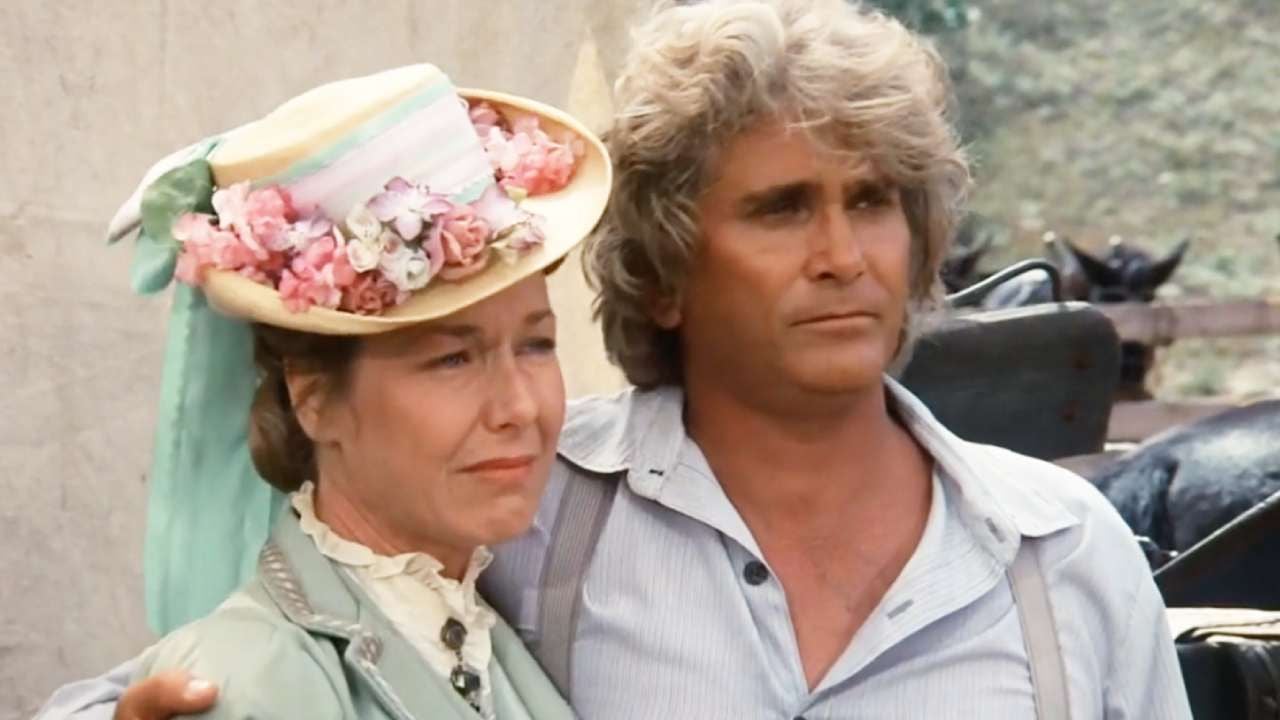One of the birthplaces of black Brazilian music celebrates its history by paying homage to other dances in the city and bringing together world music icons like Lauryn Hill and Wyclef Jean at the Allianz Parque
“Chic Show is a point of arrival and departure for black people, especially because it is a reference for the creation of black music in Brazil made in the ghettos of our homes,” stressed the rapper and musician Creoleattraction of the 50th anniversary edition of Chic showa festival that marks the power of the black scene in the city of São Paulo, one of the strongholds of the black movement and the music scene created by black artists in the 70s.
This year, to celebrate its fiftieth anniversary, Chic Show presents an edition that celebrates the history of black music dances that emerged in São Paulo. To celebrate this celebration, the festival will bring great artists who play an important role in the black scene. In addition to Criolo, the festival will feature the North American band Lauryn Hillqueen of black music, and her son YG Marley. The event will take place this Saturday, the 13th, at Allianz Parque.
Still in training, Wyclef Jean,Jimmy “Bo” Horne, Brown HandRael, Sandra of Sa and the resident DJs who made the history of the time: Luciano, Grandmaster Ney and Preto Faria.
Designed as a meeting point for the black community of São Paulo, the dances created by Luiz Alberto da Silva – Luizão – began in 1968, when he was already known for his sound systems and his particular participation in parties and dances in São Paulo. neighborhood of Bonfiglioli, Butantã, Ferreira, Vila Madalena, Vila Sônia and in the city of Taboão da Serra, metropolitan region of São Paulo.
The success of the animation created by Luizão at weddings, birthdays and private parties was such that the producer soon created his own venture in the world of entertainment. From there, the Chic Show was born, a dance held on weekend nights in São Paulo, located on Rua Morato Coelho, in the Pinheiros neighborhood, in the West Zone.
Up until this point in history, the idea was to expand what was already being done in the backyards of black families, to even larger venues. However, the activity ended up becoming a permanent fixture in the calendar of the black community of the time, which sought to celebrate its culture.
Before settling in the party hall of the Sociedade Esportiva Palmeiras, the already successful Chic Show was concentrated in the hall of the Cooperativa do Carvão, in Pinheiros, in 1968. Then, between 1971 and 1972, it was the turn of the São Paulo Chic hall, in addition to places such as Clube Homs and Clube Alepo, in Jardins, Mansão Azul, in Jabaquara and Guilherme Jorge, in Vila Carrão, according to the master’s thesis Chic Show and Zimbabwe and the construction of identity at Bailes Black Paulistanosby João Batista de Jesus Félix.
With the aim of elevating blacks to the elite status that structures every society, Chic Show was essential both in generating the identification of blacks with their roots and heritage, and was also inspired by the black power movement of the 60s, present in the United States. Unidos, which together with the groove music genre and artists such as James Brownallowed the affirmation of black aesthetics in Brazil.
In Jorge Ben Jor at Earth Wind & Fire, the dance had already become a must-attend event for black music lovers. However, to keep alive the quest for black representation in the music world, Luizão faced a challenge imposed by the Palmeiras board of directors: at least 10,000 people had to attend the first show at Sociedade Esportiva Palmeiras, or the venue would not be hosted. be the most rented at Chic Show, according to João Batista.
With Jorge Ben as the protagonist, the first dance met expectations and exceeded the audience set by the team, 16 thousand people present at the event. From that moment on, a new bet emerged for music lovers. Soon after, the performance of Brazilian artists such as Djavan, Gilberto Gil and Tim Maia was confirmed.
In addition to the Brazilian presentations, the Chic Show also featured international attractions and brought, as the first of these, the singer James Brown, Mr. Dynamite. The North American came on stage in 1978 and led a sea of people to enjoy the sound of the king of soul.
Chic Show deals with black supply chains
University of São Paulo (USP) journalism professor Dennis de Oliveira explains that the existence of dances like the Chic Show was like a productive hub for black artists, as it encouraged and structured the participation of this audience in the music industry.
“As black artists lead the positive music chain, they will promote, organize and launch other black artists. That is why black presence at the head of the production chain is so necessary,” Oliveira stressed.
Representation in the show has led to the formation of a professional team that has placed black artists at the center of the industry. For Criolo, performing at the Chic Show, on the same stage where other black artists have triumphed, is essential to further expanding the reach of black music in the current times, just as it was done in the 1970s.
“It’s an honor to be able to share the stage, especially with those who come from rap, in one of the reference shows of the black scene, because the Chic Show was fundamental in showing Brazilians the strength of music made in the suburbs of our city,” said the rapper.
Dennis de Oliveira also explains that the economic situation of the time, marked by a regime that incentivized economic efforts and allowed the inclusion of black women and men in the formal labor market, was a crucial element in strengthening black identity.
The wave of identification led to the launch of the Unified Black Movement in 1978, in a context of political ferment with workers’ strikes and student movements.
“The black scene, in addition to being a space for affirming black identity, was a precursor to hip-hop in Brazil, influencing the first rap songs, which were based on the musical genres of the time,” the professor emphasized.
The dances promoted by Chic Show have played a leading role in consolidating black identity and culture, creating an environment built and dedicated to the black community. The history made during the nights of San Paolo is reflected today in an extraordinary reissue that will bring, once again, another performance of the legends of black music.
Source: Terra
Earl Johnson is a music writer at Gossipify, known for his in-depth analysis and unique perspective on the industry. A graduate of USC with a degree in Music, he brings years of experience and passion to his writing. He covers the latest releases and trends, always on the lookout for the next big thing in music.






